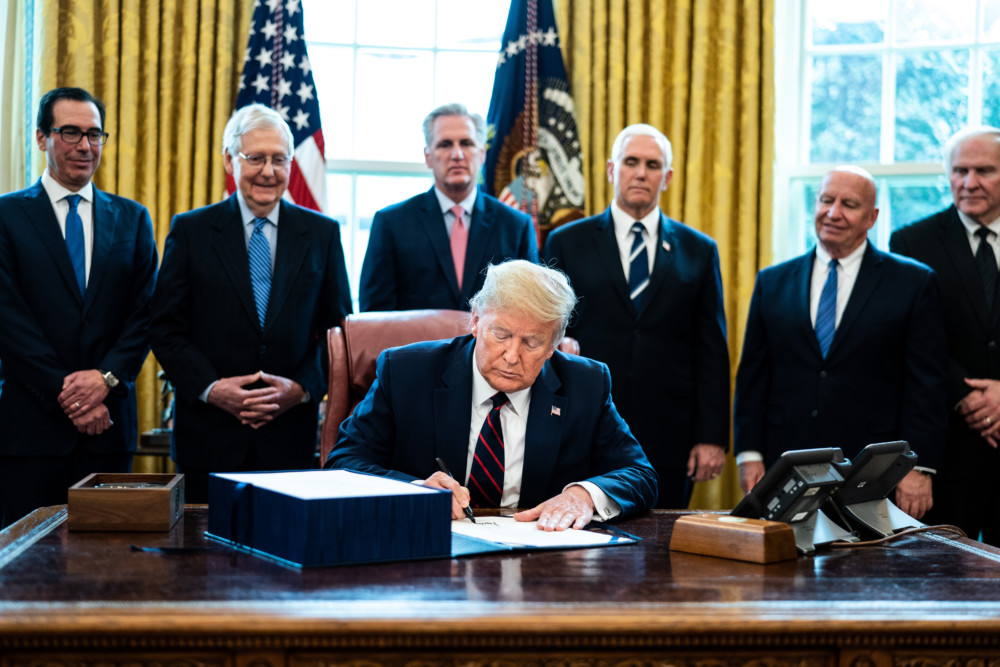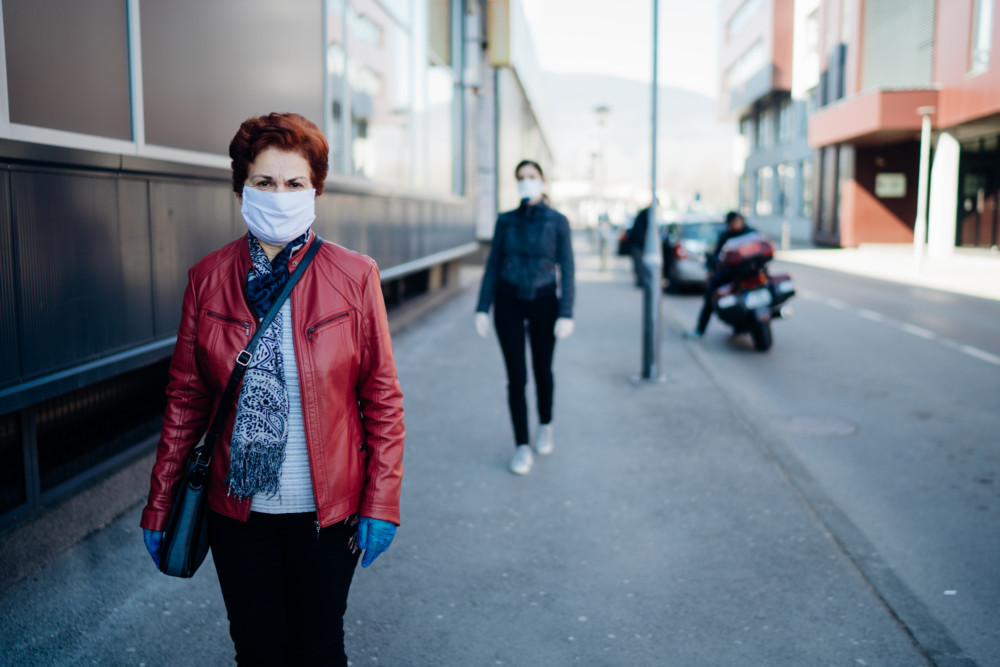By Jeffrey Meitrodt
Star Tribune (Minneapolis)
WWR Article Summary (tl;dr) As Jeffrey Meitrodt reports, the disaster grants are aimed at helping small businesses survive the coronavirus-induced recession. Many small business owners thought they would receive at least 10K to keep afloat. Now, some are learning that figure may be much smaller.
Minneapolis
Two weeks after small business owners were supposed to start receiving $10,000 disaster grants from the U.S. Small Business Administration, the coronavirus-related relief is finally flowing.
But it could be weeks before some companies receive their funds, and the checks may be significantly smaller than expected, according to Rob Scott, the SBA’s regional administrator for six Midwestern states.
“There has been a historic level of demand for this help,” Scott said. “We are doing everything we can as an agency to get those funds into people’s hands, if they qualify, as soon as possible.”
The disaster grants are part of two key aid programs aimed at helping small businesses survive the coronavirus-induced recession. The other program provides loans of up to $10 million to companies with 500 or fewer employees. President Donald Trump has called on Congress to add $250 billion to the $349 billion emergency loan program to meet huge demand.
So far, more than 3 million businesses have requested a disaster grant, Scott said, which overwhelmed the program’s relatively small $10 billion budget and required modifications to the amount of assistance available. On Monday, small business owners began receiving e-mails letting them know that they would now be getting no more than $1,000 per employee, with a maximum grant of $10,000.
The reduction drew strong protests from many business owners, who were counting on the full $10,000 to get them through the next few weeks while dealing with the loss of business caused by stay-at-home orders in Minnesota and other states. Some companies are already teetering on the brink of collapse.
“This is just incompetence at the top,” said Victoria Meloche, who was forced to close her antiques store and thrift shop in Tower, Minn. on March 17. “With $10,000, we may make it through two or three months without a tremendous financial bleed if I was very careful.”
Meloche received $2,000 Wednesday, more than two weeks after she applied for the aid. She said the money won’t even cover her overdue fuel bill of $4,000.
In legislation creating the disaster grants, Congress required that the payments be made within three days after a firm filed an application with the SBA. On Tuesday, U.S. Sens. Amy Klobuchar and Tina Smith called on the agency to honor the deadline, joining 17 other members of Congress who expressed concern about widespread delays in processing the payments.
“We appreciate the SBA’s diligent work during this unprecedented time and understand that implementing new programs is an enormous endeavor,” the senators said in a joint letter to SBA Administrator Jovita Carranza.
“However, small businesses and their employees around the country are relying on these funds to stay afloat … Many businesses cannot afford to wait as they try to keep their employees on payroll and pay their rent.”
Scott said the agency is moving as fast as it can, but he predicted it will still be at least one or two weeks before all applicants receive their grants. He said the agency sent the first disbursement requests to the U.S. Treasury late last week, and small business owners reported getting their first payments over the weekend.
Some economists question the agency’s decision to reduce payments to companies with fewer than 10 employees, noting that a $10,000 grant might not mean much to a company with $10 million or more in annual revenue while it could cover all the bills at a small firm for a month or two. Many larger companies which qualified for the aid didn’t even apply for a grant, focusing instead on the $349 billion emergency loan program.
“This is not the way you do it,” said Louis Johnston, an economic historian at the College of St. Benedict and St. John’s University. “If your goal is to save small businesses, you start by making sure the smallest of the small survive and then work your way up.”
For Sophia Mink, an independent hair stylist in Wayzata, the difference between the $1,000 she is now due to collect vs. the $10,000 she was expecting is huge. She said she could have covered her salon rent for a year with $10,000.
“I would be less worried if I was getting at least $5,000,” said Mink whose one-person salon generated $72,000 in sales last year. “We don’t know how busy we’ll be when things get up and going.”
Bonnie Westlin, who runs a one-person law firm in St. Louis Park, said she hopes Congress allocates more money for the program instead of cutting payments to the smallest businesses.
“A thousand dollars does not get me through a prolonged downturn,” said Westlin, who qualified for an emergency loan worth $9,900 that she can use to pay her own salary. “It doesn’t leave much cushion for me. I literally don’t have any new clients coming in.”
The SBA’s Scott pleaded for patience, noting that the agency has modified several rules since it first started offering relief tied to the coronavirus in March.
“The whole goal and purpose of this legislation is to prop up these small businesses and get them over this huge hump,” Scott said. “That may mean changing the guidelines. I can’t speak for Washington, but the whole purpose of this is to help small businesses, not hurt them.”
___
Distributed by Tribune Content Agency, LLC















































































































































































































































































































































































